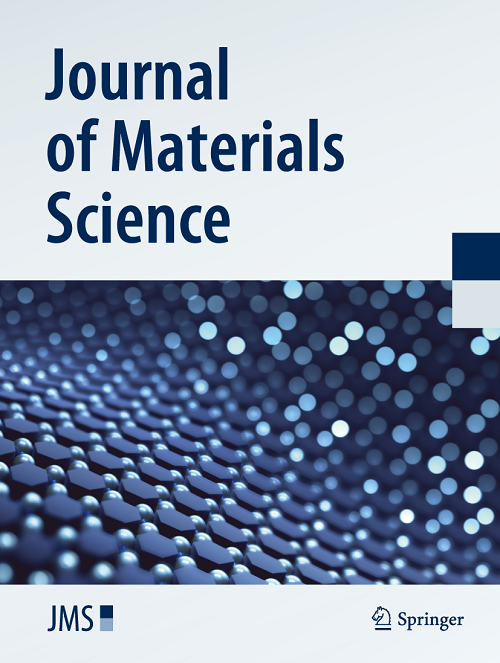Co0.2Sb0.2Fe0.2Mn0.2Ni0.2 high-entropy alloy carbon nanofiber as anode for lithium/potassium ion batteries
Abstract
With the continuous development of new energy storage technologies, the graphite anode used in lithium-ion battery anode materials has approached its theoretical specific capacity. The search for anode materials with higher specific capacity has received widespread attention. High-entropy alloy is a new type of material with excellent properties, such as its excellent mechanical properties and thermal stability. Compared with bielemental metal materials, the synergistic action of various elements in high-entropy alloys can effectively improve the lithium/potassium storage efficiency of the materials. In this work, Co0.2Sb0.2Fe0.2Mn0.2Ni0.2 high-entropy alloy carbon nanofiber (HEA-CNFs) used as electrode for lithium/potassium ion batteries (L/PIBs) showed an ultra-high specific capacity of 1400 mAh g−1 after 800 cycles at 0.5 A g−1. Besides, as a self-supporting PIBs anode, HEA-CNFs showed a reversible capacity of 280 mAh g−1 after 200 cycles at a current density of 0.2 A g−1, revealing the huge potential of potassium storage. Compared with Co0.5Sb0.5 carbon nanofiber, HEA-CNFS can obtain better electrochemical properties. The high-entropy structure is conducive to improving the diffusion rate of lithium/potassium ion, enhancing the specific discharge capacity and cycle stability of the material. This work provides guidance for the preparation and development of high-entropy materials.

 求助内容:
求助内容: 应助结果提醒方式:
应助结果提醒方式:


